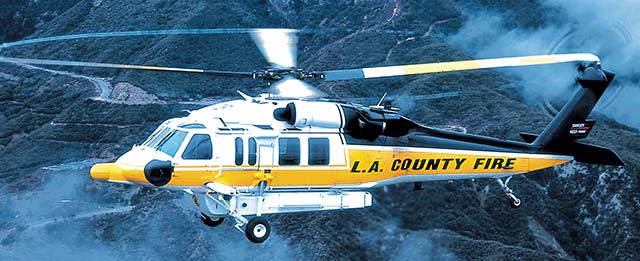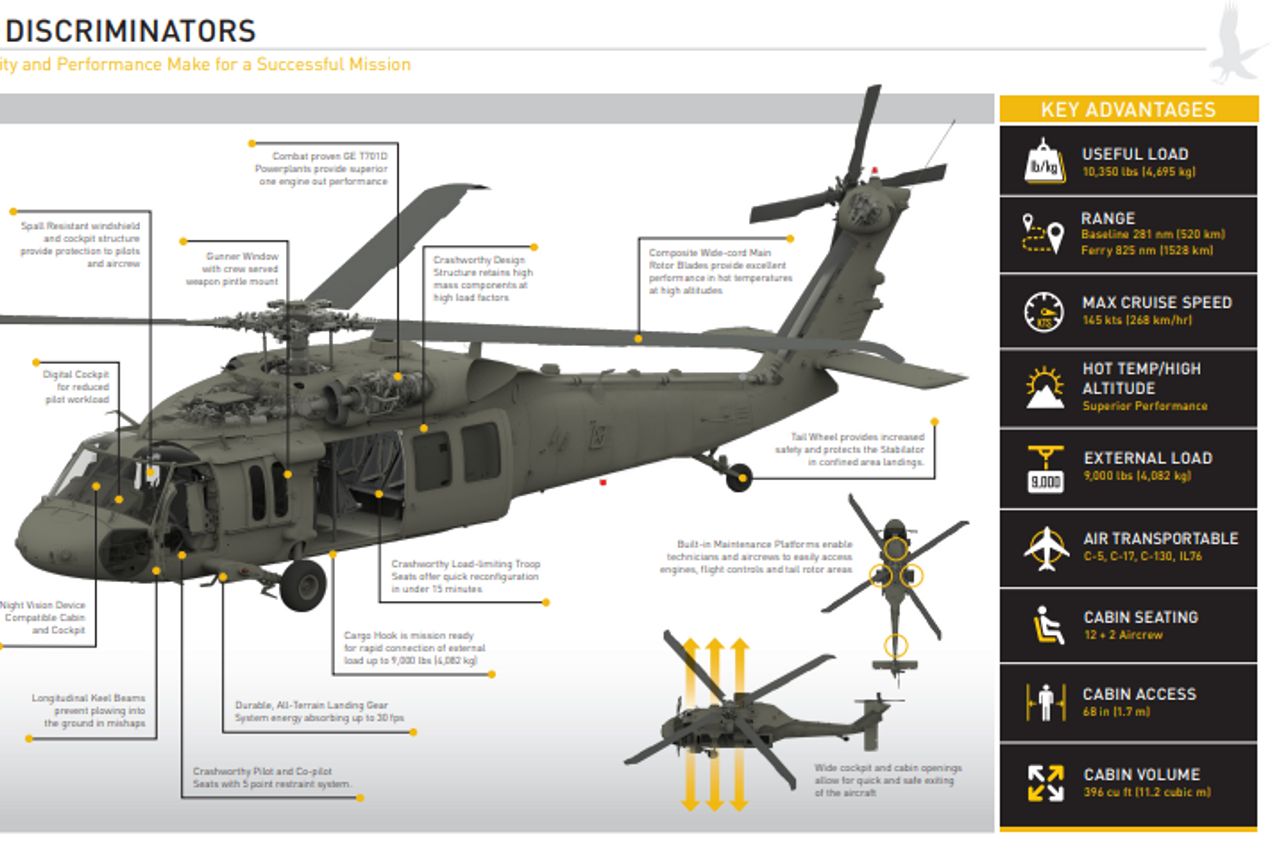Sikorsky S 70: Enhancing Helicopter Effectiveness and Adaptability
Rotary-Wing Aircraft Offering Superior Resilience and Accuracy Design
In the realm of aeronautics, rotary-wing aircraft have long been identified for their one-of-a-kind abilities in various functional atmospheres. As we check out the elaborate balance between advancement and integrity in rotary-wing aircraft, it becomes apparent that the merging of sophisticated modern technology and tried and tested style principles has established a new standard for efficiency and effectiveness in the aerospace sector.
Evolution of Rotary-Wing Modern Technology
Throughout the history of aeronautics, the development of rotary-wing technology has been a testament to consistent innovation and improvement in aeronautical design. From the very early days of vertical flight with rudimentary styles to the innovative helicopters and other rotary-wing airplane of today, the progression in this field has been impressive.
In the early 1900s, leaders like Igor Sikorsky and Juan de la Cierva made significant strides in rotary-wing modern technology. Sikorsky's VS-300 helicopter, initial flown in 1939, noted an essential minute in the advancement of functional rotary-wing aircraft. This success led the way for further developments in upright trip capabilities.

Today, rotary-wing airplane play essential roles in various markets, including armed forces procedures, emergency situation clinical solutions, law enforcement, and business transportation. The evolution of rotary-wing technology remains to push the borders of what is possible in vertical trip, guaranteeing that these aircraft remain essential assets in the aviation sector.
Products and Building Innovations
Showing a blend of advanced products and specific building and construction strategies, rotary-wing airplane have actually undergone considerable innovations in sturdiness and efficiency. One of the key advancements in products made use of for rotary-wing aircraft is the boosting application of composite products.
Additionally, the integration of advanced coverings and surface treatments has actually played a critical function in enhancing the durability of rotary-wing aircraft. These coatings supply protection versus corrosion, abrasion, and severe climate conditions, expanding the life expectancy of the airplane and lowering upkeep requirements.
In regards to construction innovations, additive production, likewise referred to as 3D printing, has transformed the production of facility elements for rotary-wing aircraft. This modern technology permits fast prototyping and customization, resulting in much faster advancement cycles and minimized expenses. In general, the continual advancement of materials and building and construction methods is driving the capacities and efficiency of rotary-wing aircraft to brand-new heights.
Accuracy Flight Control Solution

The integration of GPS innovation additionally boosts the precision and integrity of these systems, enabling accurate navigation, waypoint monitoring, and automated trip control. sikorsky s 70. This level of accuracy not just improves the security of rotary-wing procedures yet also boosts overall operational efficiency and mission effectiveness
In addition, the constant innovations in expert system and artificial intelligence have actually helped with the advancement of autonomous flight capacities within Precision Flight Control Equipment. This enables rotary-wing airplane to execute complicated goals with unrivaled precision and uniformity, making them important properties in a wide variety of applications, consisting of army operations, search and rescue objectives, and airborne digital photography.
Sturdiness in Testing Settings
Popular operational setups, rotary-wing airplane show remarkable durability and toughness, making certain optimal performance under difficult environmental problems. These airplanes are made to withstand a variety of environmental aspects, consisting of severe temperature levels, high winds, and harsh surface, making them fit for various missions in diverse landscapes.
One key element contributing to the sturdiness of rotary-wing aircraft is their tough building. These airplanes are developed using high-grade products and advanced design methods to improve their structural stability and dependability. Additionally, components such as rotor blades, engine systems, and landing equipment are diligently made to hold up against the stress and anxieties and pressures come across during procedures in tough environments.
Furthermore, rotary-wing airplane are outfitted with advanced onboard systems that keep track of performance metrics in real-time, enabling aggressive upkeep and early discovery of prospective problems - sikorsky s 70. This proactive strategy assists avoid unexpected failings and makes sure the continued airworthiness go of the airplane sought after operational setups. In general, the resilience of rotary-wing airplane in difficult environments is a testimony to their exceptional design and style, making them essential properties for different mission-critical procedures
Maintenance and Reliability Specifications
The adherence to strict upkeep and reliability criteria is critical in ensuring the ideal efficiency and security of rotary-wing airplane. Regular upkeep checks, conducted by licensed technicians, are vital to identify and attend to any prospective concerns before they jeopardize the airplane's performance. These checks incorporate a comprehensive assessment of all critical site link elements, consisting of the engine, blades system, avionics, and hydraulic systems, to guarantee that they are in prime functioning problem.
Moreover, adherence to arranged upkeep periods in accordance with maker standards is crucial for supporting the airplane's integrity. This proactive method assists stop unanticipated breakdowns and guarantees that the airplane continues to be airworthy for its desired missions. Additionally, the application of robust dependability criteria, such as regular part screening and substitute based upon predetermined lifecycles, further enhances the aircraft's reliability.
Final Thought

In final thought, the innovations in rotary-wing aircraft technology have actually led to superior resilience and precision engineering. With innovative products and building and construction strategies, in addition to accuracy trip control systems, these airplane can operate in difficult environments with enhanced reliability. The maintenance and reliability criteria make certain that these rotary-wing airplane continue to carry out at their best, making them important assets for numerous sectors.
Showing a combination of advanced materials and specific building and construction methods, rotary-wing aircraft have actually gone through significant advancements in durability and efficiency. One of the essential innovations in products utilized for rotary-wing aircraft is the raising use of composite materials.With thorough interest to detail and progressed technological assimilation, rotary-wing aircraft have actually accepted Precision Trip Control Systems as a keystone of their operational quality. In general, the durability of rotary-wing airplane in challenging atmospheres is a testament to their remarkable engineering and style, making them essential properties for different mission-critical procedures.
In conclusion, the innovations in rotary-wing aircraft innovation have actually led to exceptional durability and precision design.